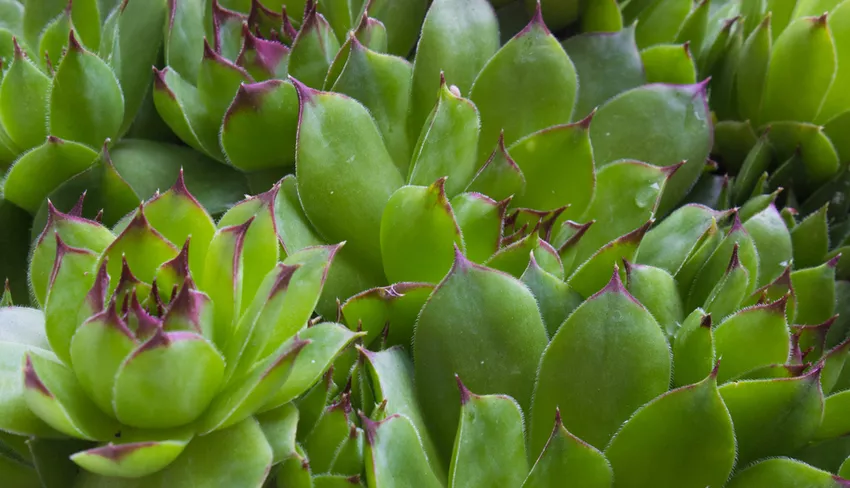Many a Sempervivum lover may be guided by the Latin name of the houseleek, which translates to "ever-living". In fact, the houseleek or roofleek has been used as a medicinal and magical plant for many centuries, and a possible toxicity has not been proven to this day. However, this does not apply to each of the approximately 7,000 different houseleek species, but only to the Sempervivum tectorum (true or common houseleek), which is widespread in this country.
 The common houseleek is probably not poisonous
The common houseleek is probably not poisonous
Traditional medicinal and magic plant
However, houseleek is traditionally not eaten, but applied externally or as a tincture to insect bites, burns, wounds (including bleeding), ulcers, warts and hemorrhoids. All you have to do is cut open the leaves and place them on the treatment area with the wet side down. The houseleek is used in the same way as the unrelated aloe vera, and it also has similar ingredients. Houseleek juice contains tannin, bitter substances, tannins and mucilage, formic and malic acid, ascorbic acid (vitamin C), potassium and resin.
tips
Our ancestors planted houseleek on their roofs because the plants, sacred to the god Donar (also known as Thor), were said to protect the householders from lightning strikes.